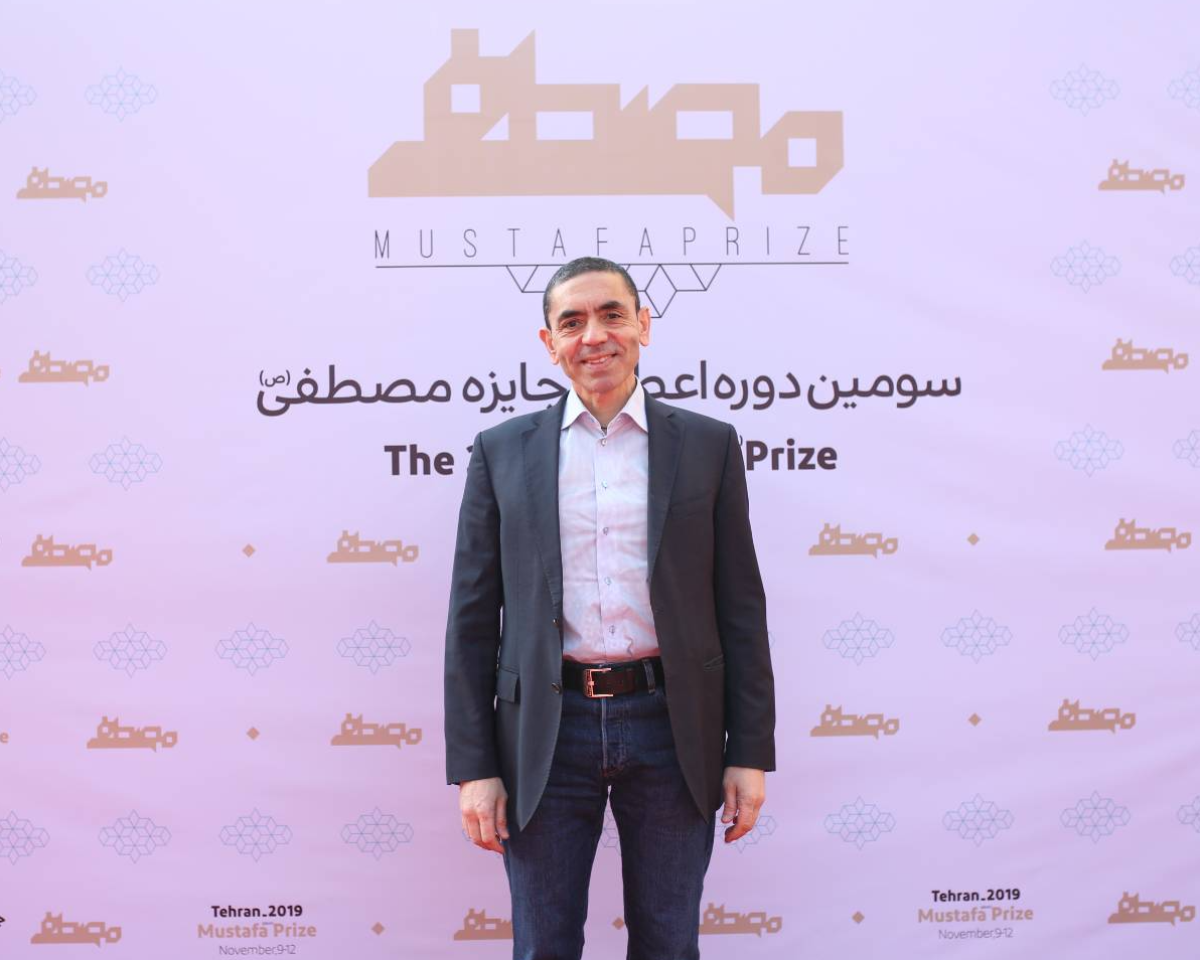Fatal falsch


C, D, E, F, G, A, and B are the seven main notes in music. Each note has its specific frequency. If the frequency of a played note is higher or lower than its standard frequency, the term “falsch” is used, referring to a discordant and grating sound that diminishes the desire to continue listening to the music. The word “Falsch” is German for “incorrect.” However, it’s not only music where a failure in executing its components leads to undesired outcomes. Sometimes, even the body’s cells produce discordances while implementing their genetic codes.
MSTF media reports:
If we were to liken DNA to a melody, the notes constituting this melody would be units called nucleic acid. Different arrangements of these notes come together to form a unit called a gene. Any alteration in the arrangement of nucleic acids is referred to as a mutation. A mutation is essentially a falsch note produced by a cell as one of the players in the body’s symphony orchestra. Not all mutations are dangerous. However, persistent falsch in a cell can lead to its transformation into a cancerous cell.
Some mutations disrupt the instructions encoded within a gene. Others cause the cell to produce a different protein than what was originally instructed. If the mutation occurs in a protein-coding gene for antigens, a new protein forms on the surface of the cell—something not typically observed in normal tissues. Consequently, this new protein is perceived as an alien element by the body’s immune system, potentially provoking an immune response.
The Hidden Criminals That Playing Falsch Notes
If the body can recognize and eliminate a cancerous cell through the emergence of abnormal antigens on its surface, then why is there a need for conventional cancer treatments such as chemotherapy, radiotherapy, and...?
The reality is that cancerous cells deceive the immune system and, through rapid uncontrolled growth and tumor formation, secure their position in the body faster than the immune response can keep up. As a result, the body’s natural immunity cannot independently and automatically combat them. Tumor formation increases the resistance of cancerous cells to T-cells (a type of immune cell), facilitating further tumor distribution and growth. Tumor cells also suppress the immune system by releasing compounds called growth factors.
Interestingly, contrary to common belief, tumor tissues do not consist solely of cancerous cells. Some immune cells, which are likely the survivors of the battle against cancer cells, can also be found within tumors. Cancer research scientists have discovered that T-cells extracted from tumor tissues have the capability to recognize cancer cells. Furthermore, with technological advancements, humans have been able to identify the molecular sequences or genetic codes responsible for the production of antigens on cancerous cells.
At this point, it may seem that the immune system has fallen victim to the ingenuity of the tumor. Even though the immune system may understand the strategy of its adversary, it still struggles to overcome it. But what if external reinforcements could assist the immune system, akin to what vaccines achieve?
Tuning the Cells’ Instruments
Ugur Sahin and his wife, Ozlem Tureci, are Turkish researchers who have spent years in their laboratory working on a cancer vaccine. They initially sought to determine which mutations prompt the immune system to react to the new antigens. To identify these mutations, the genetic instructions of cancerous cells must be compared with those of standard, non-cancerous cells.
If the frequency of an instrument is not tuned correctly, even accurately played notes will sound falsch. The solution is to align the instrument's frequency with a standard benchmark. A similar process occurs in the approach designed by Sahin's team. First, a sample is taken from the cancerous tissue to compare the genetic codes within it against the genetic instructions of healthy, similar tissue.
By identifying the genetic codes of new antigens, the cancer cell’s unique identifier —precisely the target for vaccination— can be determined.
However, there are many types of cancer, and even within each type, the cancerous antigens may vary between individuals. This is where the concept of personalized medicine comes into play. In this approach, the genetic profile of each individual is used for the prevention, diagnosis, and treatment of diseases.
Ugur Sahin and his team conducted the first human trial of personalized medicine for cancer treatment. They took samples from 13 patients, identifying 10 mutated genes involved in their diseases. The genetic code of each patient's new (cancerous) antigen was reconstructed into two artificial RNAs, which were then injected as a vaccine to stimulate the patients’ immune systems. Multiple doses of these vaccines showed that the patients’ T-cells became capable of combating at least three of the ten targeted mutations. Additionally, the spread of cancer cells to other parts of the body (metastasis) was significantly reduced.
In 2019, Ugur Sahin received the Mustafa (pbuh) Prize for “designing and clinically evaluating mRNA-based therapeutic cancer vaccines tailored to patients’ mutations.”
A Hopeful Future for the Body’s Symphony Orchestra
The reality is that it’s impossible to entirely prevent the discordance of cells, as genetic and environmental factors contributing to mutations are inevitable. However, the hope and effort to overcome cancer are unyielding. While personalized medicine is still in its early stages, history shows that the relentless endeavors of scientists in advancing health may take time, but they consistently yield impactful outcomes for future generations.